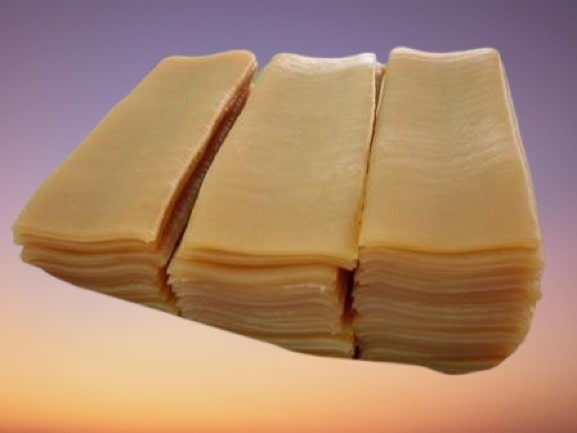Welcome To ChemAnalyst

Styrene Butadiene Rubber (SBR) is produced through the copolymerization of styrene and butadiene, typically via emulsion polymerization or solution polymerization methods. Emulsion polymerization is the most common process, where monomers are dispersed in water with emulsifiers and initiators under controlled temperatures. This process allows precise control over polymer properties, resulting in rubber with excellent abrasion resistance and aging stability.
I. Introduction
Styrene-butadiene rubber (SBR) is a crucial synthetic polymer extensively used in tire manufacturing, automotive components, and industrial applications due to its durability and abrasion resistance. Understanding the production process is essential for optimizing costs, reducing environmental emissions, and scaling manufacturing efficiently to meet growing demand.
The process impacts product quality, sustainability, and regulatory compliance, making knowledge of production techniques vital for manufacturers aiming to balance performance with eco-friendly practices.
II. Overview of the Production Process
SBR production utilizes batch and continuous polymerization methods, each with unique advantages. Batch processing allows greater control of polymer properties, while continuous methods offer improved efficiency and throughput. The core process involves emulsion polymerization of styrene and butadiene monomers stabilized by surfactants, where polymer chains form through initiation, propagation, and termination stages.
After polymerization, the latex undergoes coagulation, washing, and drying to obtain solid rubber. Typical yields range from 90% to 95%, with by-products including water, residual monomers, and emulsifiers. This process ensures consistent polymer quality suited for diverse downstream applications.
III. Raw Materials and Input Requirements
Critical raw materials include high-purity styrene and butadiene monomers, along with emulsifiers, polymerization initiators (e.g., potassium persulfate), and additives like chain transfer agents to control molecular weight. Styrene is mainly derived from petroleum feedstocks, and butadiene from steam cracking of hydrocarbons; both require purity levels above 99% to maintain polymer consistency.
Water quality is important in emulsion polymerization to prevent contamination, and catalyst efficiency is key to controlling reaction rates and polymer characteristics.
IV. Major Production Routes
• Emulsion polymerization is the predominant method globally, favored for its cost-effectiveness and ability to produce high molecular weight SBR with desirable mechanical properties.
• Alternative methods include solution polymerization and bulk polymerization, with regions like Europe exploring these for specialty SBR grades.
• Innovations include bio-based butadiene production and recycling of post-consumer rubber, contributing to circular economy initiatives, and reduced reliance on fossil fuels.
• Regional preferences vary, but green approaches and sustainable feedstocks are increasingly incorporated into production to meet environmental targets.
V. Equipment and Technology Used
• Production typically uses stirred-tank reactors equipped with advanced control systems for temperature, pressure, and mixing optimization during emulsion polymerization.
• Continuous stirred tank reactors (CSTRs) and loop reactors enhance efficiency and energy use.
• Steam heating and cooling cycles supply the required energy input, while membrane filtration aids water recycling and impurity removal.
• Automation and sensor integration improve process consistency, throughput, and environmental compliance.
VI. Environmental and Safety Considerations
• Emissions include volatile organic compounds (VOCs), wastewater with residual monomers, and solid waste from coagulation steps.
• VOC capture, incineration, and advanced wastewater treatments (e.g., activated sludge) mitigate environmental impacts.
• Recycling waste rubber and solvents reduces landfill and resource consumption.
• Worker safety is prioritized with protocols for handling flammable and toxic chemicals.
• Regulatory compliance involves adherence to EPA regulations, the EU Emission Trading System, and other local frameworks that govern emissions and waste management.
VII. Conclusion and Future Innovations
• Research is focusing on bio-based monomers, enzyme-catalyzed polymerization, and catalysts that reduce energy consumption and environmental impact.
• Circular economy models, including recycling and reuse of SBR, are gaining importance.
• The future of SBR production aims at sustainable, cost-effective processes that meet performance standards while minimizing ecological footprint.
• These innovations position the industry to respond to stricter regulations and growing demand for environmentally responsible materials.
We use cookies to deliver the best possible experience on our website. To learn more, visit our Privacy Policy. By continuing to use this site or by closing this box, you consent to our use of cookies. More info.
